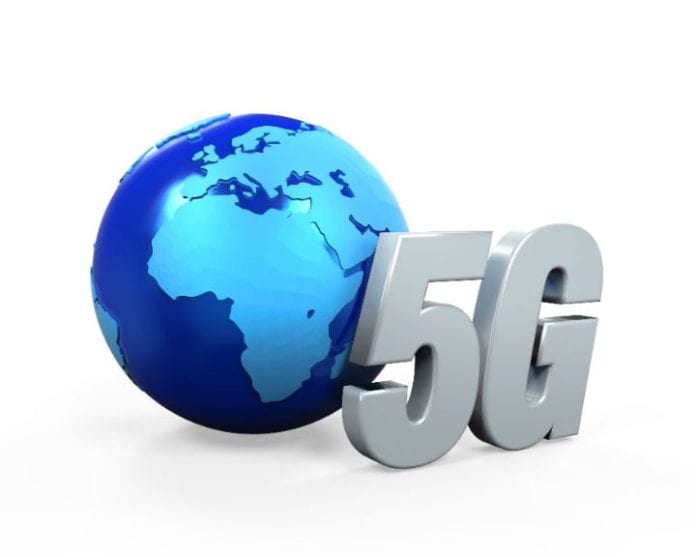Mobile, cloud, IT services, security, the “internet of things,” and mergers and acquisitions are set for potential change in 2017, with 5G playing an unknown role.
Editor’s Note: With 2017 now upon us, RCR Wireless News has gathered predictions from across the mobile telecommunications space on what they expect to see in the new year.
Every year it is customary for industry analysts, pundits and long-time “veterans” to give their points of view and insights to what the new year will bring us, both good and bad. As you read these insights, keep in mind that we all write these insights with a biased POV. Why “biased,” you may ask?
Well, it’s human nature to be influenced by previous experiences, the company you work for and in some cases the clients you have. Therefore, as you read these predictions, keep in mind if you could predict the future correctly, would you be working? Or, would you be playing the lottery and sharing your wealth with friends and people in need? You know the answer. These predictions are “best guesses” based on what we know, and individual bias based on positive and negative experiences, as well as our industry vantage point (macro or micro view).
So, as I have done over the years (with a pretty good scorecard), I too will share my biased convictions on what the future will bring us in 2017 (this is my personal view and not the views or opinions of my employer or companies I advise).
Drumroll please … . Here goes. Top 10 industry predictions for 2017 for mobile, cloud, IT services, security, the “internet of things,” and mergers and acquisitions.
1. Mobile: Three leading mobile operators embrace distributed micro-services access and soft core networks, replicating (copying) Google and Amazon.com’s distributed architecture to deliver flexible and on-demand services. Presence and analytics dominate investment areas.
2. Mobile: Enterprise companies embrace neutral host spectrum small cell systems, small cells and Wi-Fi as-a-service – dramatically off-setting planned capital expense for mobile operators when it comes to addressing enterprises’ inside and on-campus mobility needs. This will start in the U.S. (2017) and then Europe and Asia Pacific will follow (2018-2020).
3. Cloud: Datacenter and fiber network investments go up (not down). Wall Street rewards investments and M&A into gigabit Ethernet fiber networks and datacenter infrastructure. Whoever controls the metro ring and datacenters controls the data flow.
4. Cloud: Hardware companies without a clearly communicated and solid to-the-cloud strategy (with or without M&A) will see a 20% decline in sales (and more than 30% decline in company value, if public).
5. Machine learning and artificial intelligence to dominate cloud access and services – automating what’s normally handled by large IT teams, massive infrastructure products and software. PE and venture capital continue to flow into machine learning and AI startups.
6. IT services: The subscription economy takes over the enterprise, small and large. As-a-service (operating expense) grows to overtake capex (buy/own/manage) within majority of enterprises (10 to 1,000 employees) with large enterprises to follow by 2019-2020 (more than 1,000, but less than 10,000 employees). The move from 80% capex to 80% opex becomes a reality by 2020.
7. IT Services: Network-as-a-service will establish beachhead in companies with 500 or fewer employees and grow to be a $100 billion market by 2020. This starts with Wi-Fi, and then on-demand and employee-based monthly software services will follow (firewall, compliance, unified communications, presence and more).
8. Security: More data breaches and hacks will occur in major datacenters (across verticals) and within utilities. Major government agencies step in to provide support to ensure protection of privacy and intellectual property – with support from Google, Facebook, Amazon and major players. Do not mistake this for government oversight or access to privacy data. Government agencies across various countries step in to provide physical and cyber protection – in the fight against cyberterrorism, financial thefts of trillions of dollars and breach of personal data.
9. Security: More startups and smaller public companies will be acquired by public companies, mobile operators and service providers as well as government agencies – rewarding public and private investors and VCs.
10. IoT: Cisco, Google and Apple align to support a common framework for access, connectivity and cloud – for IoT enterprise and consumer products and services.
Did you notice that I did not mention “5G” as a breakout topic? Based on my biased POV, I do not believe 5G is “something” but rather that 5G is “anything” that brings 2G, 3G and 4G mobile network access, wired networks, IP services and IoT together – in a common framework with quality of service. Yes, that’s my personal view and description. I have no problem with companies claiming to have 5G products or services … but in doing so, they set themselves up for scrutiny: 5G how? And, do all products or services comply with an accepted 5G framework or standard?
2017 will be an exciting year, and may become known as the year 5G brings IT together.

Ronny Haraldsvik was most recently the SVP and chief marketing officer with an emerging cloud micro-services innovator and SVP and CMO at SpiderCloud Wireless, the industry leader for 3G/4G scalable small cell systems. Before SpiderCloud, Haraldsvik was the SVP and CMO at BelAir Networks, a company acquired by Ericsson. Haraldsvik holds a BA in marketing from University of San Francisco.

